Many of us are familiar with Japanese culture, and a number of us are familiar with Japanese music, thanks to the modern culture of Japan. However, beyond the songs heard from Animes lies a magical world of traditional Japanese music.
Today, we will discuss traditional Japanese music, music with Western origins, and the popular music we hear today.
Traditional Music
Theatrical Music
Two primary forms of theatrical drama exist in Japan – Noh (能) and Kabuki (歌舞伎). The music of both types of drama plays a major role in the traditional music of Japan.
The Noh music is used in the Noh theatre. The instrumental Hayashi-kata ensemble (囃子方), together with vocal accompaniments by the Yōkyoku (謡曲), performs the Noh music.
The Kabuki music is used in the Kabuki theatre, famous for its highly-stylised performance, together with the intricate makeup used. The Kabuki music initially borrowed the Hayashi-kata from the Noh theatre but evolved to include other instruments. There are three types of Kabuki music – Geza, Shosa-ongaki, and Ki and Tsuke.
The Nagauta (長唄) is occasionally used in the Kabuki theatre. It employs the use of the Shamisen (三味線) to accompany the dances, together with adding reflective interludes. The Shamisen was introduced to the Kabuki theatre sometime in the 17th Century.
Gagaku
The Gagaku (雅楽) is a form of traditional Japanese music that was formerly used for music and dances in the imperial court. Introduced from China in 589 AD, it was first developed in the Kyōto Imperial Palace, with no commoners allowed to listen to it. It eventually evolved into the Gagaku that we see today during the Heian period. The Board of Ceremonies performs it today in the Tōkyō Imperial Palace.
There are three main repertoires in Gagaku – Kuniburi no utamai (国風歌舞), Utaimono (謡物), and foreign-style music. The Kuniburi no utamai are religious music and imperial songs and dance in Japan’s Shintō religion, whereas the Utaimono is vocal music inspired by native folk poetry. On the other hand, there are two types of songs and dance using foreign-style music – Tōgaku (唐楽) and Komagaku (高麗楽). The Tōgaku are of Chinese (in particular the Tang Dynasty), Vietnamese, and Indian origin, while the Komagaku are of Korean and Manchurian origin.
The Gagaku uses the Yo scale – a five-tone pentatonic scale featuring ascending semitone intervals of two, three, two, two, and three. Gagaku ensembles feature 16 to 30 players with three sections – strings, percussion, and woodwind. Notable instruments used include the Biwa (琵琶), the Koto (箏), the Kakko (鞨鼓), the Taiko (太鼓), the Hichiriki (篳篥), the Shō (笙), and the Ryuteki (龍笛).
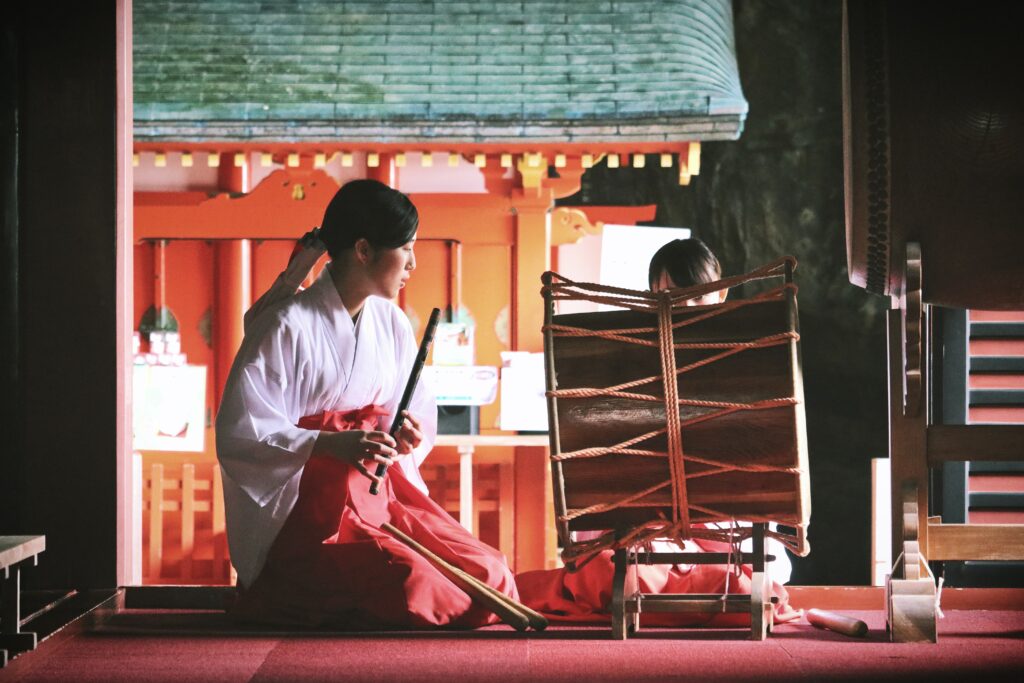
Shōmyō
A type of chant in the Tendai and Shingon sects of Japanese Buddhism, the Shōmyō (声明) chants originated from China back in 736 AD. Its name is translated from “शब्दविद्या”, a Sanskrit word.
There are two types of Shōmyō chants – Ryokyoku and Rikkyoku. Ryokyoku is harder to remember than Rikkyoku. The Shōmyō chants used the Yo scale, just like the Gagaku. It was played to comfort the souls of those who have passed on and to praise Amida Buddha.
Jōruri
If you are familiar with Japanese culture, you probably would have heard of the Bunraku (文楽). The Bunraku is the traditional puppet theatre of Japan, accompanied by the Jōruri (浄瑠璃).
The Jōruri helps to emphasise the lyrics accompanying the Bunraku performance. It is sung by a Tayū (太夫) playing a Shamisen. Initially played with the Biwa, the Shamisen was first used in the Jōruri to narrate the story Jōruri Jū-ni-dan zōshi.
Folk Music (Minyō, 民謡)
Minyō are Japanese folk songs that were initially sung during or after work. They are primarily for entertainment and accompany dances, but may be used for religious rituals. Minyō were sung as part of the daily livelihoods of the Japanese people, reflecting their nature and life.
There are five general types of Minyō – Event songs (weddings, funerals, and Matsuris), Lullabies, Religious songs, Warabe uta, and Work songs. Minyō differs based on region, where Ryūkyūan Minyō varies vastly from the mainland. Ainu folk music of Hokkaidō Prefecture is often not included in Minyō.
Western Music
Western music was first introduced in the wake of the Meiji Restoration. Many forms of Japanese music developed with the influence of Western music, such as the Shōka sung in schools, and the Gunka sung in the military. There are many symphony orchestras across Japan. On top of that, Japanese wind bands are well-known around the world today – as seen from the Anime “Hibike Euphonium”
This continues to be evolved today, and we can see it from the Anime “K-ON!”.
Popular Music
J-pop
Replacing the 20th Century Japanese popular music and initially inspired by 1960s pop-rock music, J-pop emerged in the 1990s. With notable singers of that era such as Utada Hikaru, and bands such as Arashi and AKB48, both Japan and the world saw the boom of commercial J-pop. This continued to evolve into the J-pop we see today.
Anime Music
In Anime culture, Anime music features both J-pop and J-rock but also features image songs. Image songs are songs that the Seiyū of the character in the Anime occasionally sing.
The first image song album to achieve the Oricon weekly charts is Hōkago Tea Time of the Anime “K-On!” in 2009.
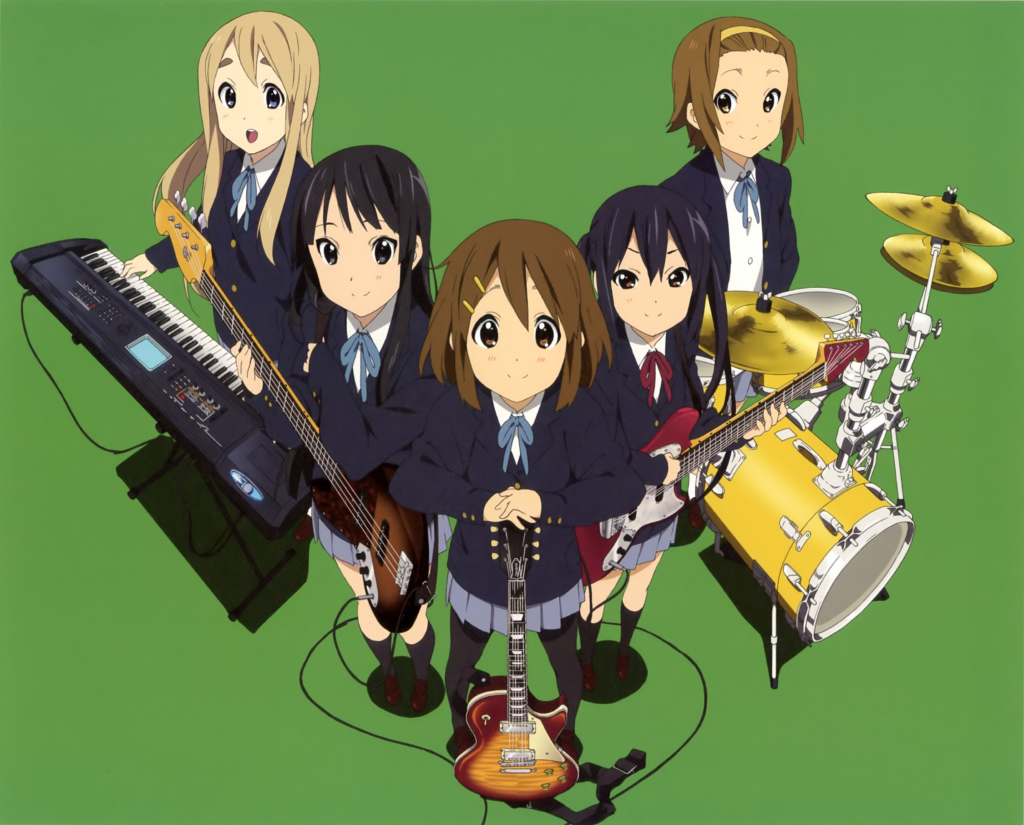
Vocaloid
A voice synthesiser software, Vocaloid (ボーカロイド) was first developed in 2000 before being commercialised in 2004. It was heavily popularised by the J-pop industry by the 2010s. Some notable Vocaloid singers include Eve, Yonezu Kenshi, and Hatsune Miku, and some notable Vocaloid producers include Yoasobi, Yorushika, and HoneyWorks.
Outside of J-pop, we also see Vocaloid in K-pop, Mandopop, and English pop.
Rock
J-rock was influenced by 1960s British and American rock music and was first performed mostly in English Group Sounds. Musicians eventually introduced the Japanese language in J-rock in the 1970s. J-rock continues to be renown around the world, after decades of competition with J-pop.
Japanese Metal
First introduced in the late-1960s, Japanese heavy metal music began to emerge a decade later, reaching audiences outside Japan. They only became prominent in Japan during the 1980s and continue to be developed today. This is seen in the Kawaii metal music that balances J-pop and Japanese metal, which came about in the early-2010s.
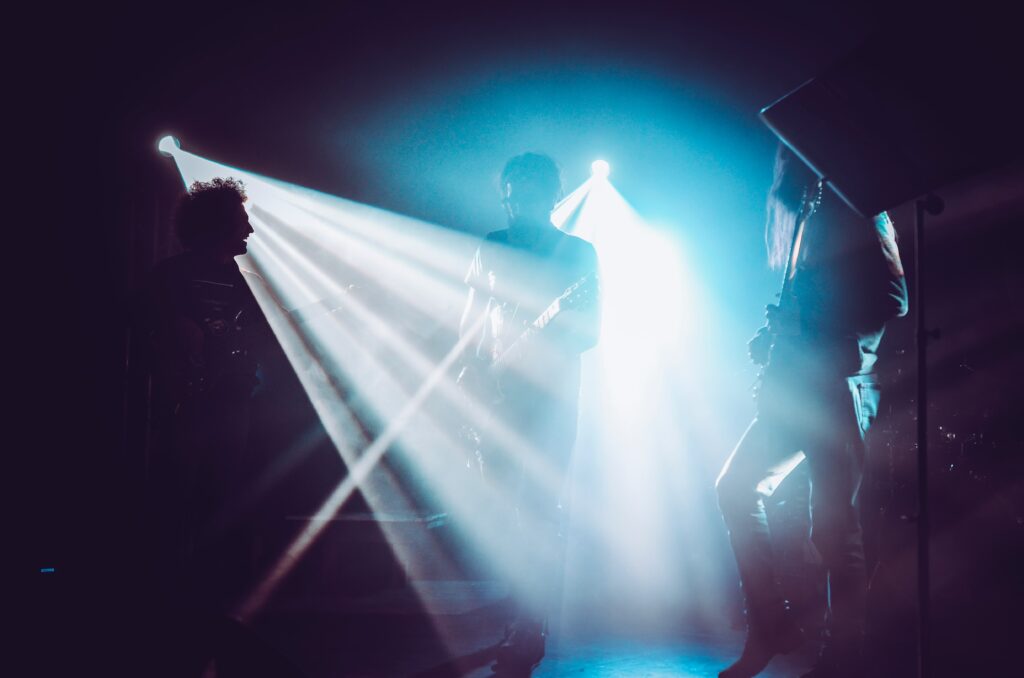
Japanese Hip Hop
Otherwise known as J-rap, Japanese hip-hop picked up in the mid-1980s. Influenced by Old-school hip-hop, it often blends with J-pop.
At the start, Japanese hip-hop faced the issue of the difficulty of rapping in Japanese, due to the grammatical structure of the language. However, rappers gradually started to use Japanese by inserting stressed syllables in the music rather than the words. English was also used in parts where the use of Japanese was unsuitable.
Conclusion
As with all kinds of music, Japanese music continues to develop and evolve with time. We have seen the types of music performed during the early times, and how they diversified to form the music we see today. With Globalisation, the Japanese music industry has reformed to the popular music that everyone is familiar with.

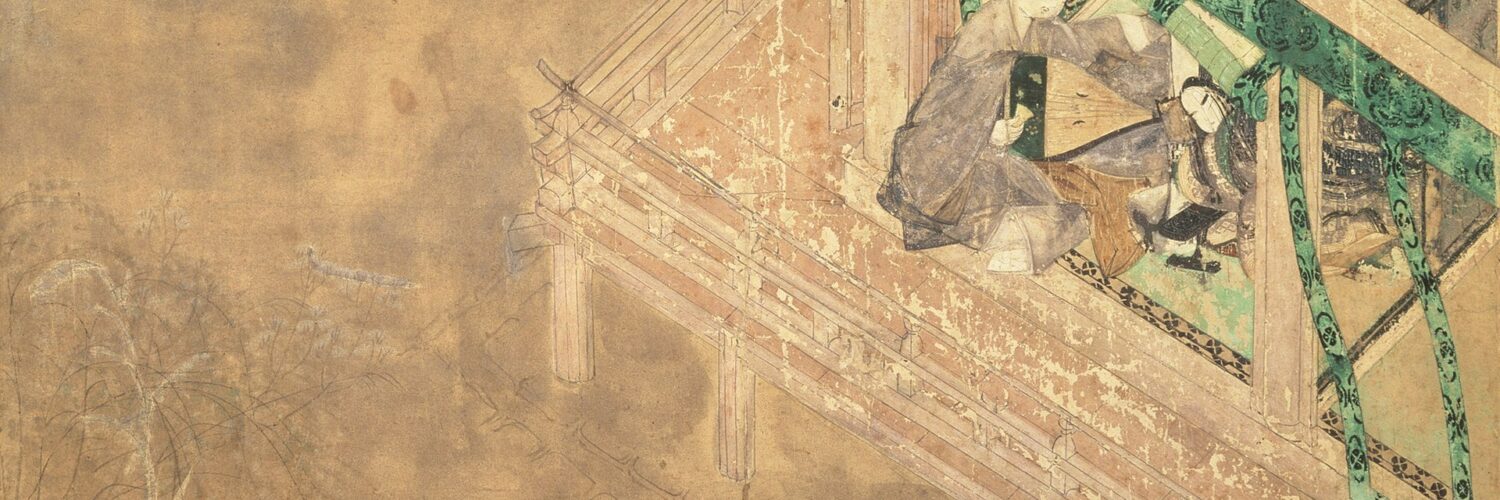
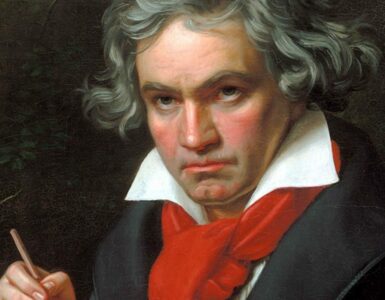
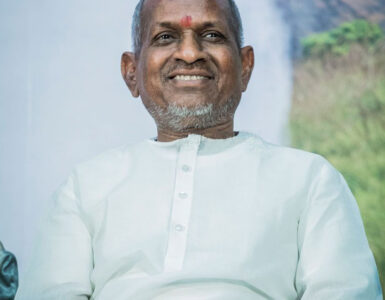
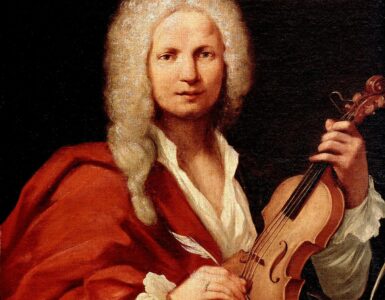
Add comment